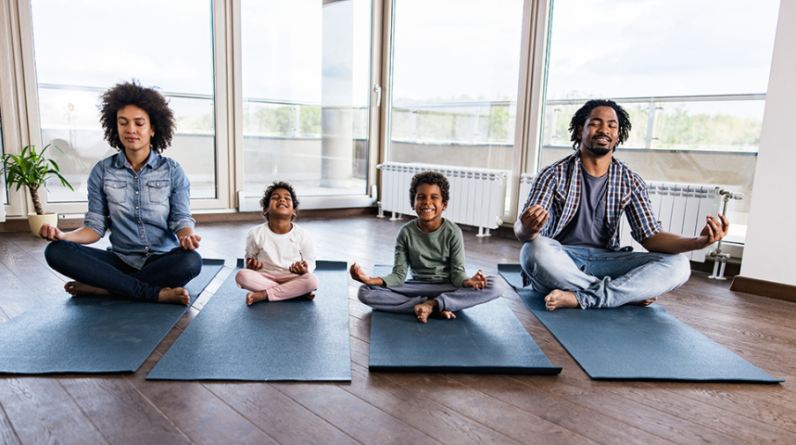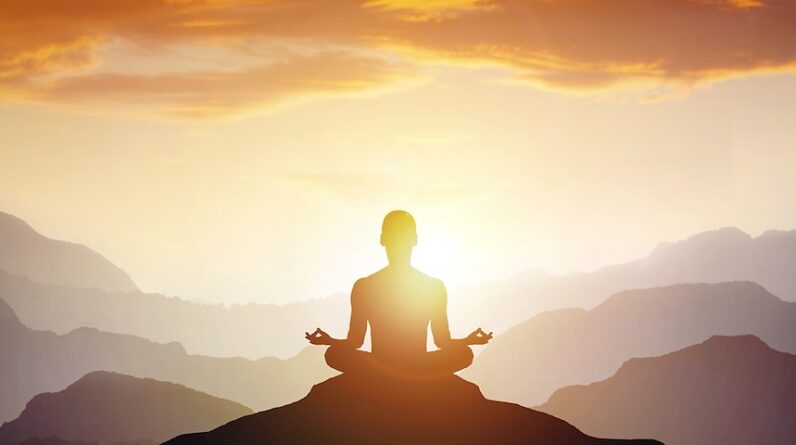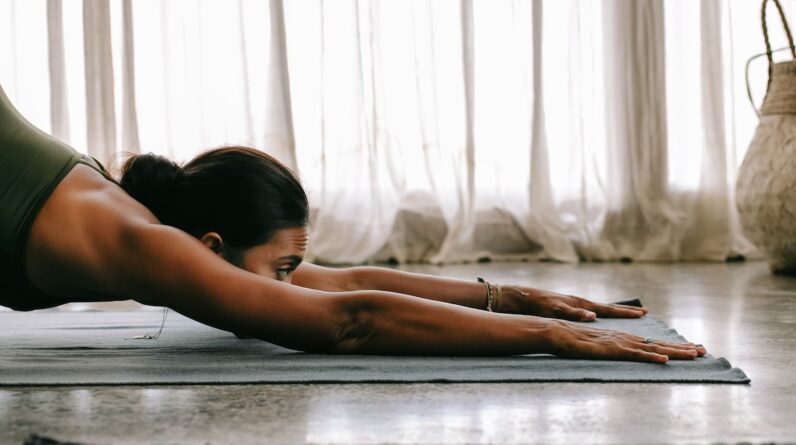
Yoga can mean different things to different people, but the definition of Yoga comes from its ancient Sanskrit root word “yuj” which means “to yoke” or “to join”. Yoga is a physical, mental and spiritual practice that originated in ancient India that aims to create a union between the mind, body, and spirit, as well as between the individual self and universal consciousness. This union allows the individual to neutralize or combat ego-driven thoughts, behaviors, and speech, creating a path towards a spiritual awakening.
Yoga has been practiced for thousands of years and during this time many different interpretations and styles have been developed. Having said that, most people tend to agree that the ultimate goal of yoga is to achieve freedom from pain and suffering. Although each school or tradition of yoga has its own emphasis and practices, most focus on bringing together body, mind and breath as a means of altering energy or shifting consciousness.
In today’s yoga scene, many people associate it with the physical practice or the asana’s, which are a series of postures often sequenced together in styles such as Vinyasa Flow, Ashtanga, Iyengar, or Yin. The asana practices are mainly intended to build strength and stamina, while also improving flexibility, balance, and coordination, and to ultimately relax the body. However, the physical aspects of yoga only tell a small part of the overall tradition of yoga as a whole.
These eight roads or paths are known as the ‘Eight Limbs of Yoga’, which offers a guide or roadmap to individuals who are dedicated to fully immersing themselves into creating a union between the mind, body, and spirit. Each of the Eight Limbs describes a way of life that is centered around integrity, self-discipline, and respect for nature and connection with the spiritual aspects of life. Here is a brief description of those Eight Limbs:
- Yamas – Five universal, ethical and moral observances to live by (nonviolence, truthfulness, non-stealing, continence and non-covetousness)
- Niyamas – Five spiritual and self-discipline observances (cleanliness, contentment, spiritual austerities, study of scriptures and surrender to God)
- Asana – physical posture, originally intended only for seated meditation, but more recently adapted to encompass all physical yoga practices
- Pranayama – breathing exercises to control the flow of prana (vital life force)
- Pratyahara – Withdrawal of the senses
- Dharana – Single pointed concentration
- Dhyana – Meditation
- Samadhi – Liberation or blissful union with the Divine
Although modern schools of yoga such as Jivamukti, Bikram and Sivananda offer a different perspective or an alternative interpretation, most yoga practices are rooted in the same philosophical concepts and practices as Patanjali’s Eight Limbs. In addition, yoga can also be used as a therapeutic tool for many physical and mental conditions, and mind-body research is now showing its effectiveness as a treatment for a variety of issues, including anxiety, chronic pain, depression, diabetes and cardiovascular disease, to name but a few.1-4
No matter who you are, where you are, or what is going on in your life, yoga can play an integral role in your overall health and wellbeing. It may have started to address physical needs, emotional needs, or for a deeper appreciation of your spirituality, but it doesn’t always result in those possible benefits. Hopefully over time it can improve all of these aspects of wellness in your life, but if for some reason it doesn’t seem to be working, it may be helpful to consider a different style of yoga.
Remember, your yoga practice is unique and personal to you. When entering your yoga (asana) practice, I highly recommend you follow these steps to be sure you’re allowing each pose to serve your body, instead of letting outside expectations dictate some unattainable norm or “goal”:
- Ask yourself: What is obstructing you in this pose? For example: Where is there tension? Is my body compressed in this pose? Can I breathe deeper into this pose for more of a deeper stretch?
- Always be curious and discern between what you can control and what is beyond your control.
- Create your intention around self-discovery in your practice.
- The overarching goal for your yoga practice should be rooted in celebrating your unique anatomy with curiosity and self-compassion…AND NOTHING ELSE!
More than anything, be compassionate. It’s important to not beat yourself up when comparing your practice to other people because, we should all know that “comparison is the thief of joy”. So, don’t take the joy and wonder out of your practice by focusing on what someone else may be able to do on their yoga mat. Everyone has a different skeletal makeup, different muscles and connective tissue, and histories that have brought them to this exact moment in time. Your body is the only one like it, so embrace it and meet yourself where you are, every single day, when you get on that mat.







